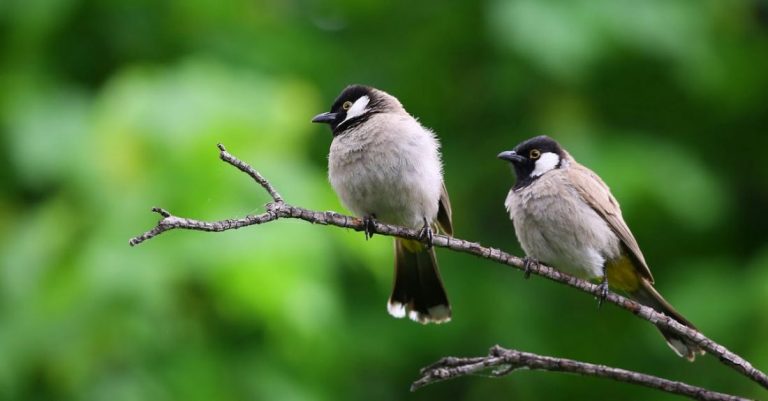
Embarking on a safari adventure in the wild can be an exhilarating experience, especially for bird enthusiasts. Witnessing the diverse avian species in their natural habitat is a unique opportunity to connect with nature and appreciate the beauty of these winged wonders. However, identifying birds during a safari can be a challenging task, given the vast array of species and their often elusive nature. To make the most of your birdwatching experience, here are some tips on how to identify birds on safari.
Understanding Habitats
One of the key factors to consider when identifying birds on safari is their habitats. Different bird species are adapted to specific environments, such as savannas, forests, wetlands, or grasslands. By familiarizing yourself with the typical habitats of various bird species, you can narrow down your search and increase your chances of spotting a particular bird. Pay attention to the surrounding vegetation, water sources, and elevation, as these factors can provide valuable clues about the types of birds that may be present in the area.
Observing Behavior
Bird behavior can also offer valuable insights into their identity. Pay attention to how a bird moves, feeds, and interacts with its surroundings. Some birds may be more vocal and conspicuous, while others may be shy and elusive. By observing these behavioral cues, you can gather important information that will help you identify the species. For example, a bird that feeds on the ground is likely a ground-dwelling species, such as a plover or a lapwing, while a bird that hovers in the air may be a raptor or a swift.
Noting Physical Characteristics
Physical characteristics are crucial for identifying birds, as each species has distinctive features that set them apart. Look for specific traits such as coloration, size, shape, beak size and shape, wing patterns, and tail length. Take note of any unique markings, such as eye stripes, wing bars, or tail spots, as these can be key identifiers. Binoculars are essential for observing these details from a distance, allowing you to get a closer look at the bird’s plumage and markings.
Consulting Field Guides
Carrying a field guide specific to the region you are visiting is invaluable for identifying birds on safari. Field guides provide detailed descriptions, illustrations, and distribution maps of different bird species, making it easier to match the birds you see with the information in the guide. Pay attention to key features highlighted in the field guide, such as habitat preferences, feeding behavior, and vocalizations, as these can help you confirm the bird’s identity.
Listening to Calls
Bird vocalizations are another useful tool for identifying species, especially in dense vegetation where visual identification may be challenging. Many bird species have distinct calls and songs that they use for communication, mating, and territorial defense. Familiarize yourself with the common calls of birds in the region you are visiting, and listen for these sounds while exploring the area. Birding apps with audio recordings of bird calls can also be helpful for matching the sounds you hear with specific species.
Patience and Persistence
Identifying birds on safari requires patience and persistence, as some species may be elusive and difficult to spot. Stay alert and observant, scanning the treetops, bushes, and water bodies for any movement or unusual shapes. Take your time to study each bird carefully, noting down important details that will help you make a positive identification. Remember that birdwatching is a skill that improves with practice, so don’t get discouraged if you don’t identify every bird you see on your first safari.
Appreciating the Diversity
As you immerse yourself in the world of birdwatching on safari, take the time to appreciate the incredible diversity of avian species that inhabit the natural landscapes. Each bird has a unique role to play in the ecosystem, from pollinating flowers to controlling insect populations. By learning to identify and appreciate birds, you can develop a deeper connection to the natural world and contribute to conservation efforts that protect these magnificent creatures for future generations to enjoy.
In conclusion, identifying birds on safari is a rewarding and enriching experience that allows you to connect with nature in a meaningful way. By understanding habitats, observing behavior, noting physical characteristics, consulting field guides, listening to calls, and practicing patience and persistence, you can enhance your birdwatching skills and enjoy the thrill of discovering new avian species in the wild. So, pack your binoculars, grab your field guide, and get ready to embark on a birding adventure like no other. Happy birdwatching!





